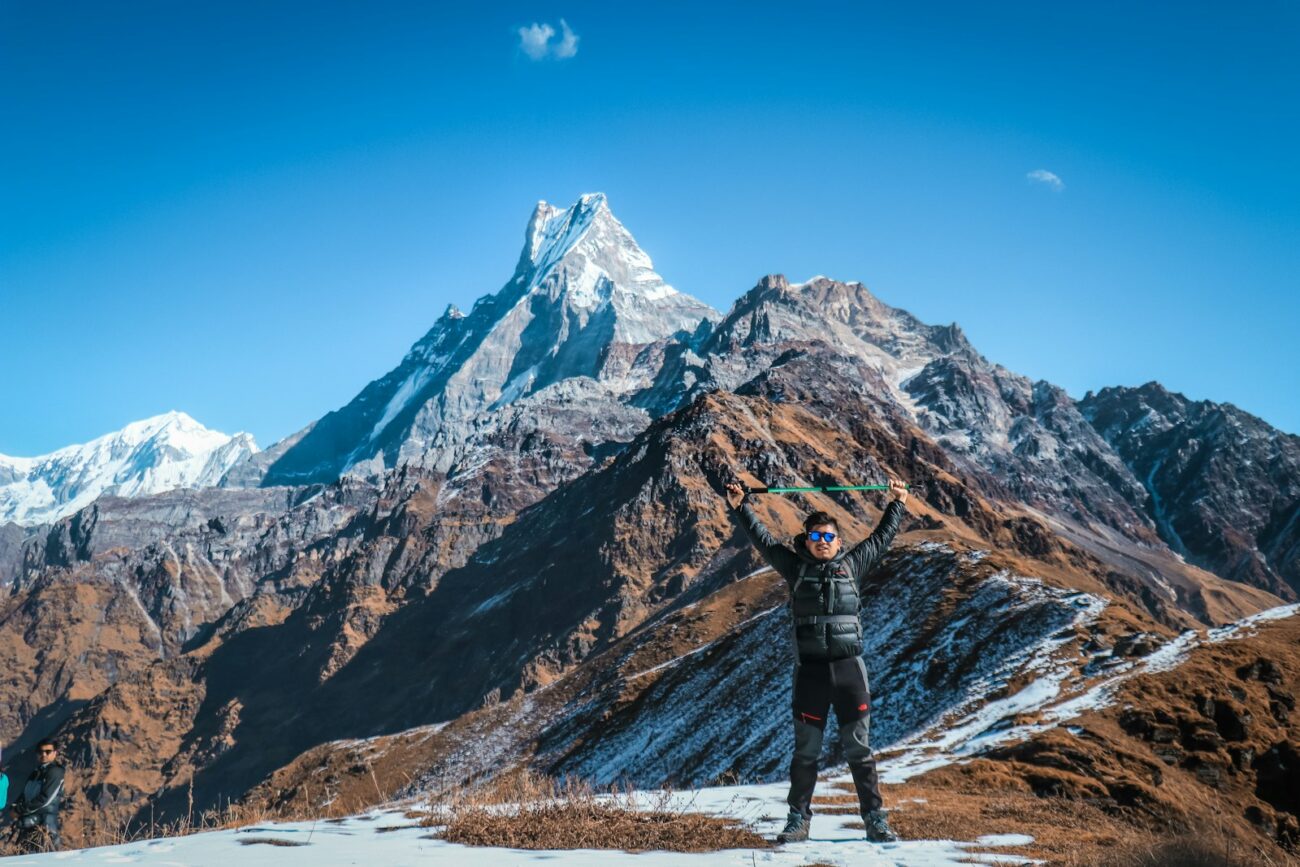In a world dominated by gym memberships, high-intensity interval training, and trendy fitness apps, one of the most effective and fulfilling workout routines often gets overlooked: trekking. This ancient form of exercise—simply walking long distances through varying terrains—offers a unique combination of physical benefits, mental rejuvenation, and connection with nature that few other activities can match. Unlike repetitive gym routines that can become monotonous, trekking engages multiple muscle groups while stimulating your mind and senses. Whether you’re hiking through local trails or embarking on multi-day adventures in remote mountains, trekking might just be the comprehensive fitness routine your body and mind have been craving all along.
The Full-Body Workout You Didn’t Know You Were Getting
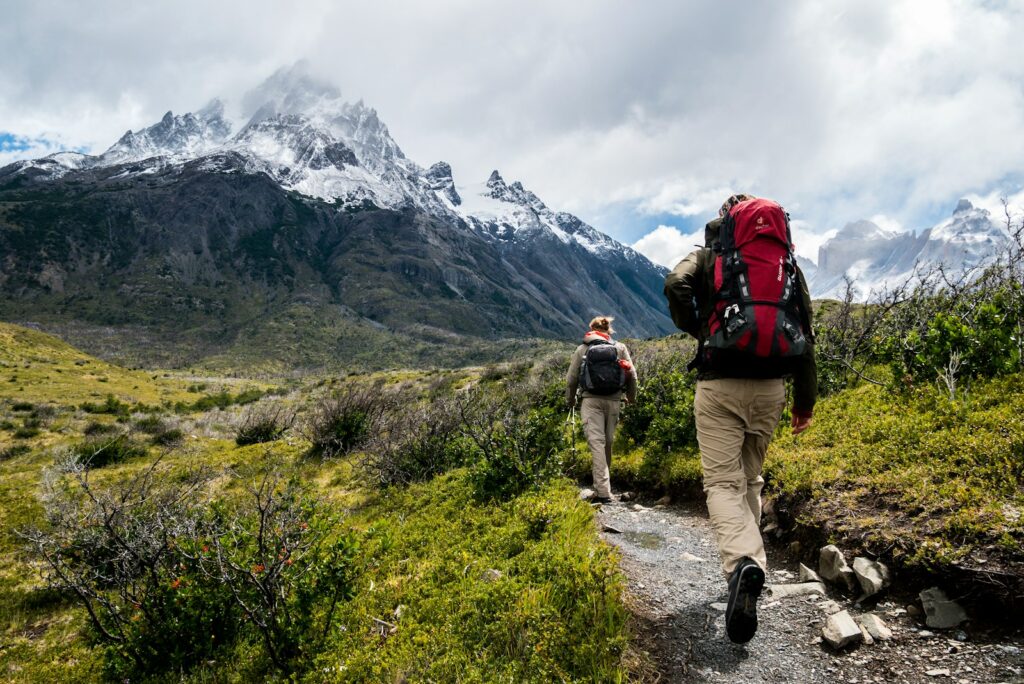
Trekking engages virtually every major muscle group in your body, creating a comprehensive workout that gym machines can rarely replicate. As you navigate uneven terrain, your core constantly activates to maintain balance, while your legs work through a full range of motion climbing, descending, and traversing slopes. Your upper body gets involved too, especially when using trekking poles or scrambling over rocks, engaging shoulders, arms, and back muscles in functional movement patterns. Unlike isolated machine exercises, trekking trains your body in integrated movement chains that reflect how humans evolved to move, resulting in functional fitness that translates to everyday activities and longevity.
Cardiovascular Benefits Without the Dread
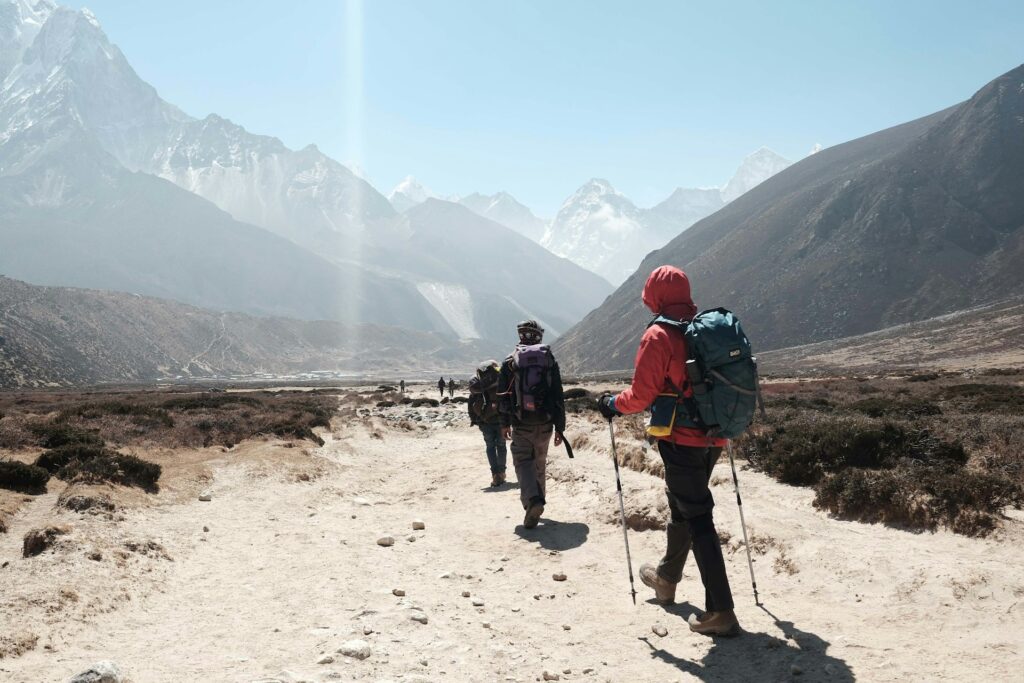
Unlike dreaded cardio sessions on stationary equipment, trekking delivers cardiovascular benefits while you’re distracted by beautiful scenery and the journey itself. The varying intensities of hiking—from flat sections to steep climbs—naturally create an interval training effect that’s excellent for heart health and endurance. Research shows that the sustained moderate activity of trekking can significantly improve heart function, reduce blood pressure, and increase HDL (good) cholesterol levels. Perhaps most importantly, because trekking is enjoyable for many people, you’re more likely to maintain consistent cardiovascular exercise over the long term, which is the true key to lasting health benefits.
Weight Management That Doesn’t Feel Like Punishment
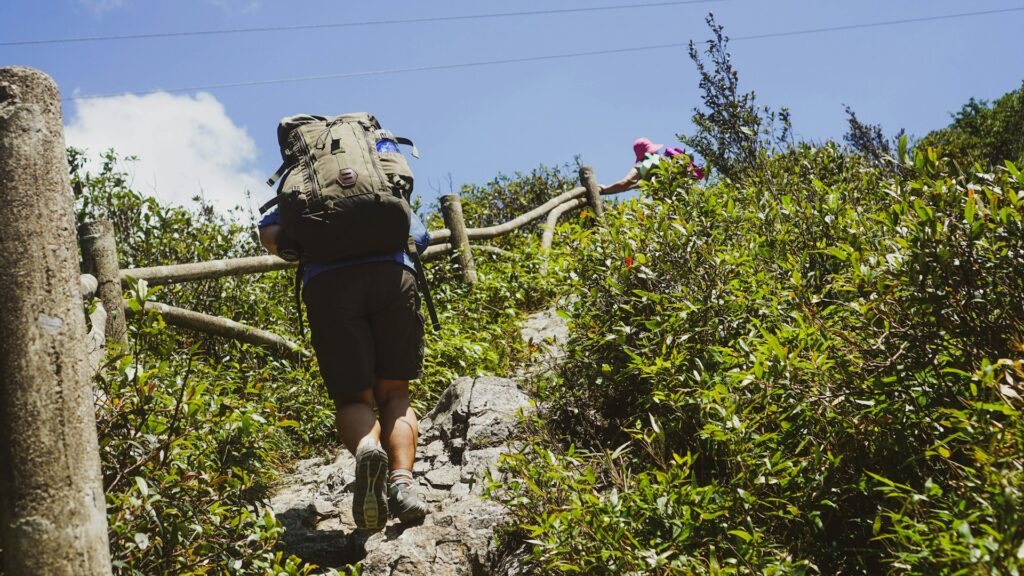
Trekking burns an impressive number of calories without feeling like a punishment session at the gym. A moderate hike can burn between 400-700 calories per hour depending on terrain, pack weight, and your own body composition—comparable to running but with significantly less joint impact. The metabolic benefits extend beyond the hike itself, as the muscle engagement and occasional high-intensity bursts create an “afterburn” effect where your body continues burning extra calories for hours after your trek ends. Additionally, spending time in nature has been shown to reduce cortisol levels (the stress hormone associated with belly fat storage), creating a hormonal environment more conducive to healthy weight management.
Joint-Friendly Exercise for Sustainable Fitness
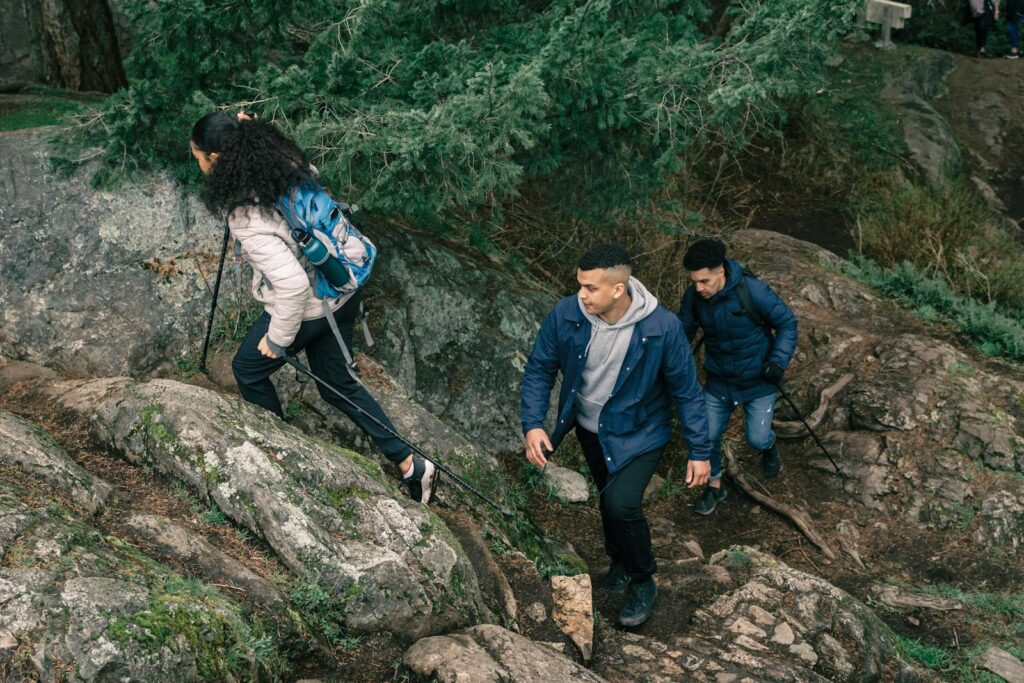
Unlike high-impact activities like running or jumping exercises, trekking offers a joint-friendly approach to fitness that can be sustained throughout your lifetime. The natural walking motion, especially on softer surfaces like forest trails, creates less jarring impact on knees, hips, and ankles compared to pavement running or concrete gym floors. Trekking poles further reduce impact forces by distributing weight and providing stability on descents, which is when most joint stress occurs. This gentler approach to fitness allows for consistent exercise as you age, when joint preservation becomes increasingly important for maintaining mobility and independence.
Mental Health Benefits Beyond Any Therapy Session

The mental health benefits of trekking rival those of formal therapy for many people, combining multiple evidence-based interventions into one enjoyable activity. Spending time in natural environments has been scientifically proven to reduce anxiety, depression, and rumination while improving mood and cognitive function in what researchers call the “nature effect.” The meditative rhythm of walking promotes mindfulness as you focus on your surroundings and movement rather than daily worries. The sense of accomplishment from completing challenging trails or reaching summits boosts self-efficacy and confidence that transfers to other life challenges. Many trekkers report that their most creative solutions and personal insights occur during long walks in nature, making it a form of moving meditation.
Vitamin D and Fresh Air: The Overlooked Fitness Essentials
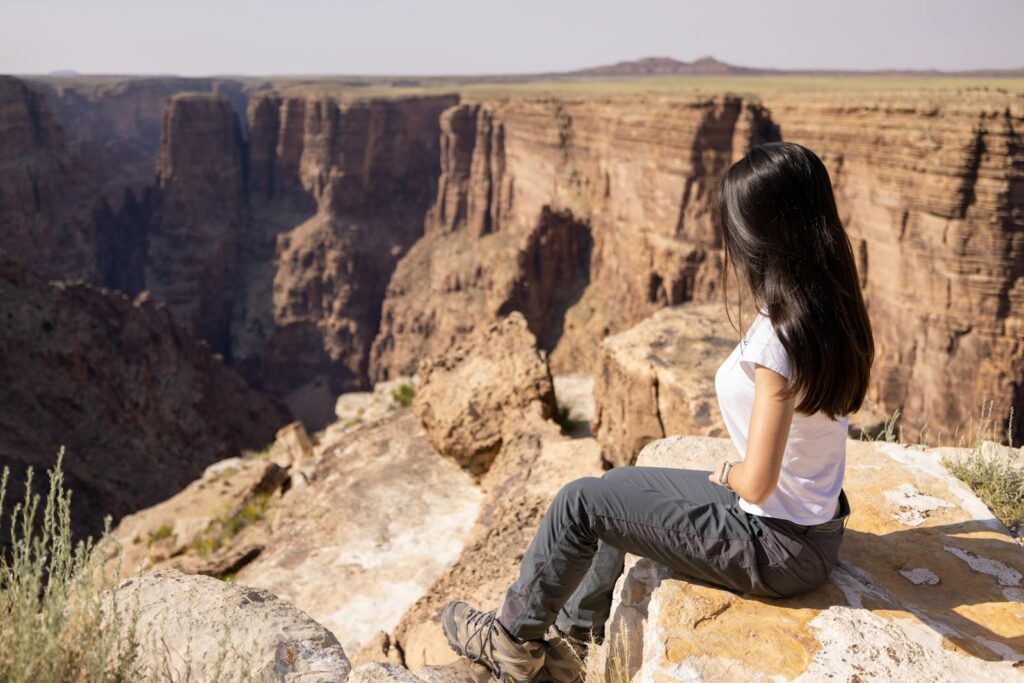
Indoor exercise environments often lack two critical components for optimal health: natural sunlight and fresh air. Trekking outdoors provides crucial vitamin D synthesis through sun exposure, which is essential for bone health, immune function, and mood regulation—benefits you simply can’t get from even the most high-tech gym. The air quality in natural settings, particularly forests, contains beneficial plant compounds called phytoncides that have been shown to boost immune function and reduce inflammation markers. Deep breathing during exercise in clean, oxygen-rich environments maximizes the respiratory benefits of your workout, improving lung capacity and cellular oxygenation far more effectively than in artificial indoor settings.
Social Connection in an Increasingly Isolated World

While trekking can be a solitary activity, it also offers unique opportunities for meaningful social connection that many modern fitness routines lack. Hiking with friends, family, or organized groups creates shared experiences and conversations that unfold naturally during hours on the trail, fostering deeper connections than brief gym interactions. The mutual support required on challenging trails builds trust and cooperation that strengthens relationships in ways different from other social activities. Even solo trekkers often report meaningful connections with fellow hikers they meet along the way, as the shared pursuit creates an instant bond across demographic differences. In an age where loneliness is considered a public health crisis, the social aspects of trekking provide an often-overlooked wellness benefit.
Adaptability for All Fitness Levels
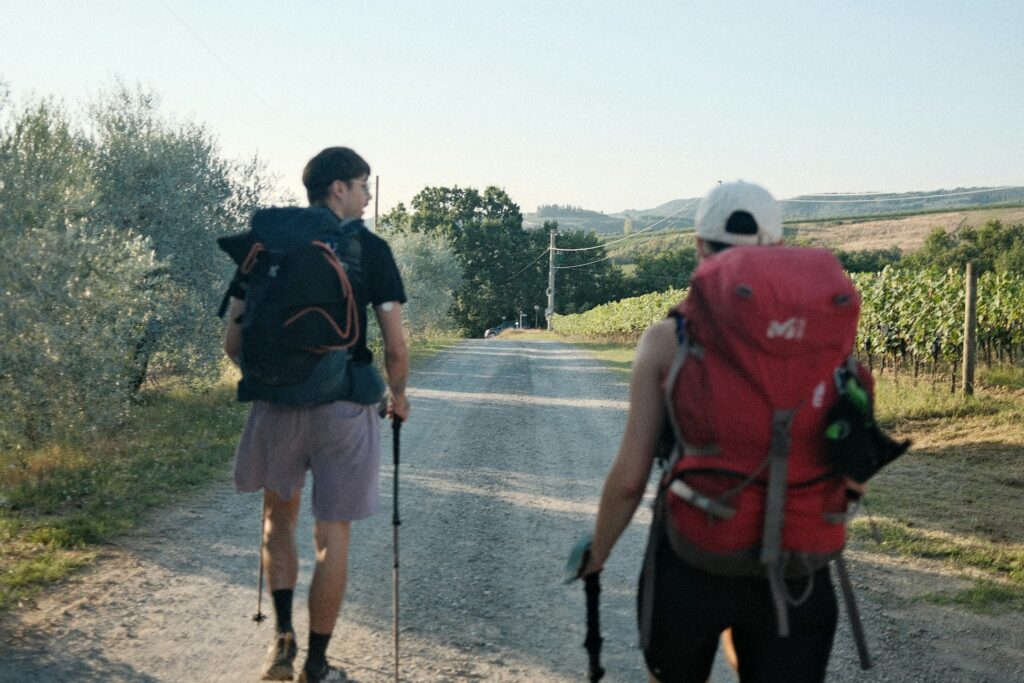
Unlike many fitness regimens that require baseline strength or skill, trekking can be adapted for virtually any fitness level or physical limitation. Beginners can start with short, relatively flat nature walks and gradually progress to more challenging terrain as their fitness improves. Those with joint issues can choose softer terrain and use supportive equipment like trekking poles to accommodate their needs. Even people with significant mobility challenges can often find adaptive trails or specialized equipment that allows them to experience the benefits of outdoor trekking. The self-paced nature of hiking means you can adjust intensity moment by moment, making it one of the most accessible forms of exercise for people across the fitness spectrum.
Skill Development Beyond Physical Fitness
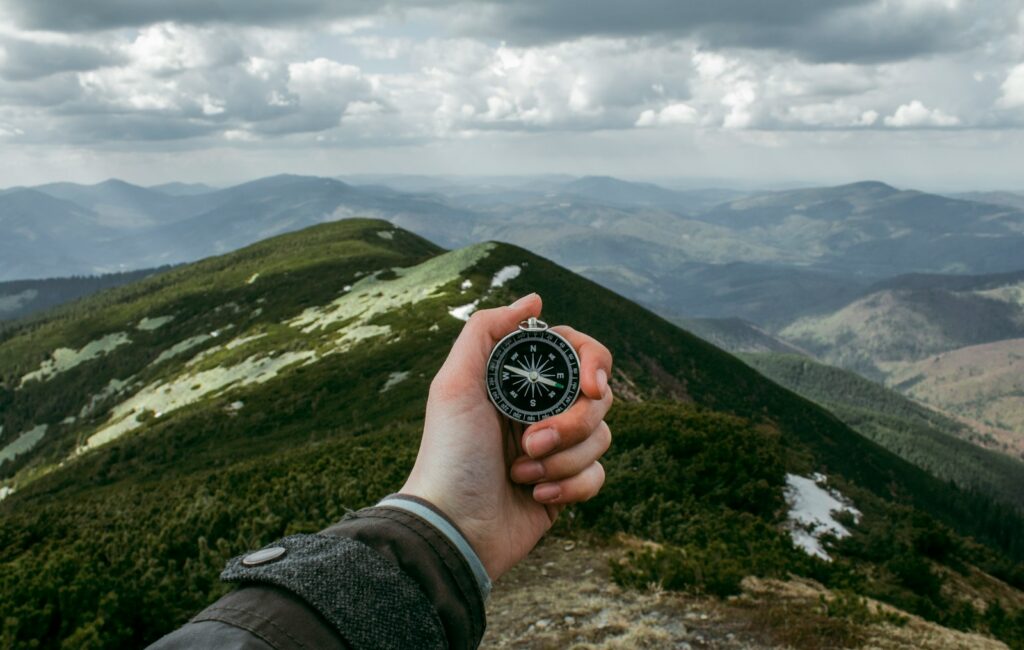
Regular trekking develops a suite of practical skills that extend far beyond physical fitness, making it a more holistic form of personal development than most exercise routines. Navigation abilities improve as you learn to read maps, use compasses or GPS, and develop an intuitive sense of direction in varied landscapes. Weather reading becomes second nature as you observe cloud patterns, wind changes, and other natural indicators to anticipate conditions. Problem-solving skills are constantly engaged as you determine the best route across streams, rocky sections, or other obstacles. These practical competencies build confidence and self-reliance that transfer to professional and personal challenges in everyday life.
Budget-Friendly Fitness Without Monthly Fees

The economic advantage of trekking as a fitness routine cannot be overstated in an era of expensive gym memberships and boutique fitness classes. After an initial investment in quality footwear and basic gear, trekking requires virtually no ongoing costs compared to fitness subscriptions that can easily exceed thousands of dollars annually. Public trails, national forests, and state parks typically have minimal entrance fees or are entirely free to access. Even transportation costs can be minimized by exploring local nature areas within driving or even walking distance of home. This financial accessibility makes trekking one of the most sustainable long-term fitness options for people across economic circumstances.
Environmental Connection and Conservation Awareness
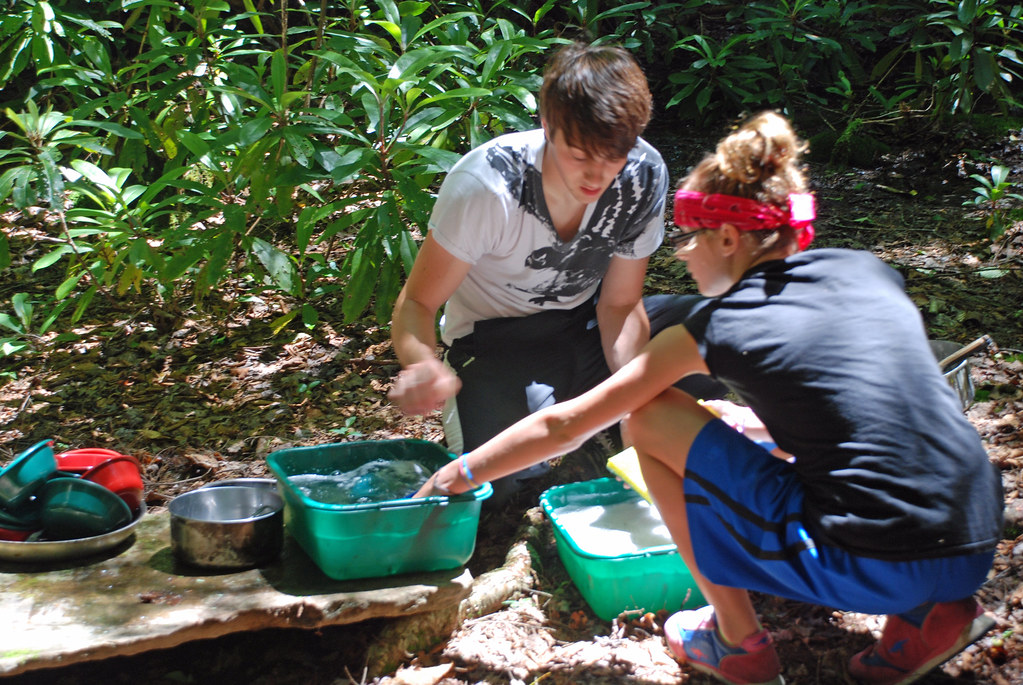
Regular trekking fosters a deeper connection with the natural world that often develops into environmental consciousness and conservation efforts. As you witness firsthand the beauty and fragility of natural ecosystems, a personal stake in environmental protection naturally develops. Many trekkers eventually participate in trail maintenance, habitat restoration, or advocacy for land preservation after experiencing the benefits of wild spaces. This evolving environmental awareness adds a dimension of purpose to your fitness routine that goes beyond personal health benefits. The “leave no trace” principles practiced by responsible hikers also help develop mindfulness about your impact on all environments, including urban settings.
The Ultimate Stress-Reset Button
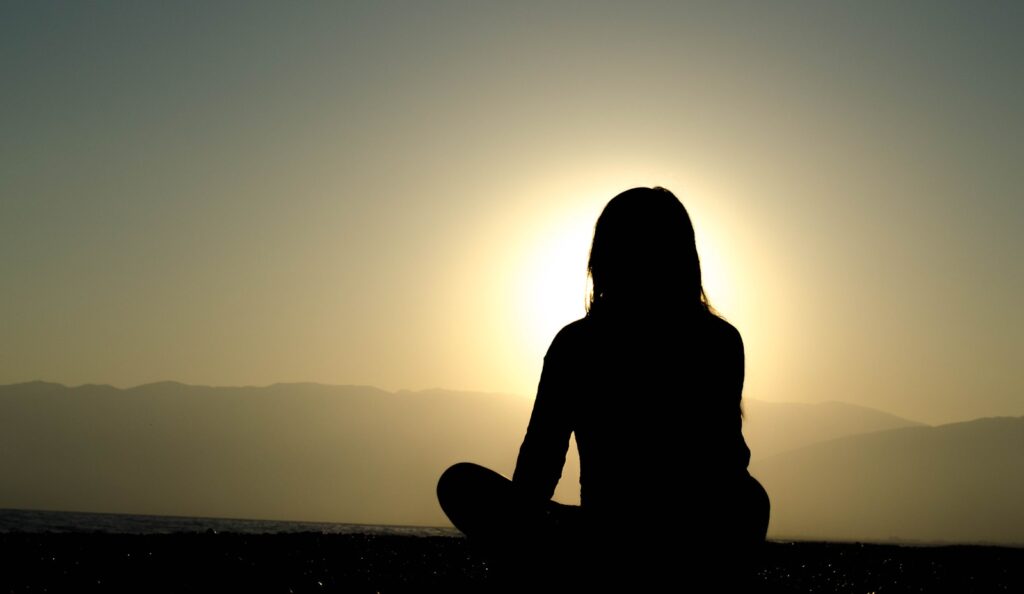
Perhaps the most immediate and noticeable benefit of trekking is its remarkable ability to reset stress levels and provide perspective on life’s challenges. Research consistently shows that even short exposure to natural settings significantly reduces cortisol levels, blood pressure, and muscle tension. The combination of rhythmic movement, natural surroundings, and distance from daily stressors creates a powerful stress-reduction effect that persists well beyond the activity itself. Many regular trekkers report that their weekend hikes provide the mental clarity and emotional regulation that sustains them through demanding work weeks. This stress-management benefit alone makes trekking worth considering as a cornerstone of your wellness routine, even before counting the numerous physical benefits.
In conclusion, trekking stands out as a uniquely comprehensive fitness routine that addresses physical, mental, and even social dimensions of wellness in ways that manufactured exercise programs rarely achieve. Its accessibility across age groups, fitness levels, and economic circumstances makes it one of the most democratic forms of exercise available. As our lives become increasingly digital and indoor-focused, the simple act of walking through natural landscapes offers a powerful countermeasure to modern health challenges. Whether you’re seeking weight management, stress reduction, joint-friendly exercise, or simply a more enjoyable path to fitness, trekking deserves serious consideration as not just a recreational activity, but as the foundation of a sustainable, lifelong approach to health and wellbeing.

